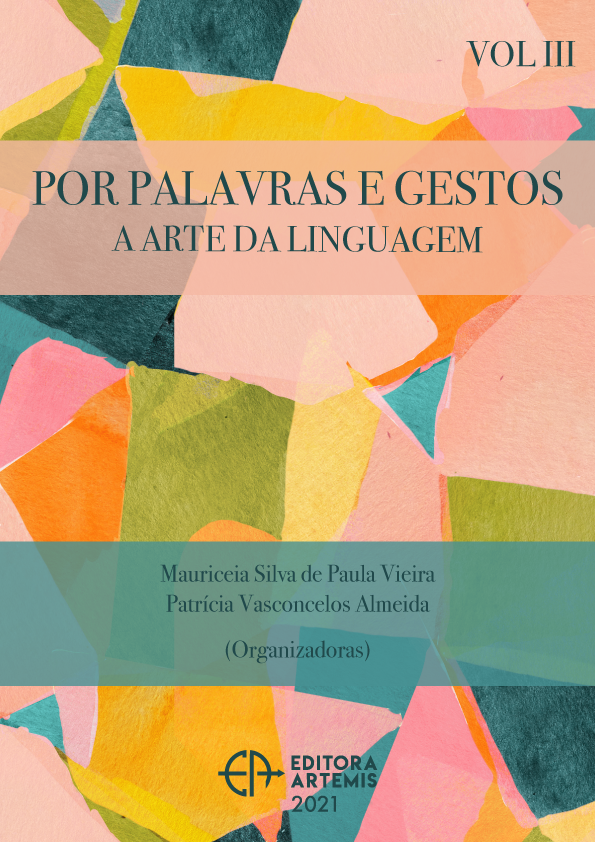
LA SEMIÓTICA COMO DIMENSIÓN ONTOLÓGICAMENTE CONSTITUTIVA DEL ESPACIO GEOGRÁFICO. APORTES A LA TEORIZACIÓN DEL ESPACIO
Actualmente se asume que el espacio geográfico es el objeto de estudio de la geografía. Sin embargo, exceptuando los desarrollos del insigne geógrafo brasileño, Milton Santos, existe muy poca teorización sobre el “ser” (u ontología) del espacio, pues la reflexión ha estado más desplazada hacia la propia disciplina que a su objeto. Ahora bien, si se analizan las producciones existentes en esta dirección -incluyendo los propios aportes de Santos (1990, 1996, 2000) quien concibe al espacio como un sistema de objetos y un sistema de acciones interactuando- no se advierte la debida atención a su dimensión de significación. Precisamente, esta dimensión semiótica del espacio es la que he investigado en el desarrollo de mi Tesis Doctoral (2018), titulada: “Semiótica del espacio geográfico. Elementos para una teoría semiótica del espacio geográfico a partir del estudio de la significancia / comunicabilidad de la acción técnica en los sistemas productivos agrarios”, dirigida por el Dr. Diego Lawler. Una presentación anticipada de los avances de dicho estudio se realizó en el X Congreso Argentino y V Congreso Internacional de Semiótica en Santa Fe y Paraná, Argentina, en 2016, completando con dos nuevas disertaciones en el Congreso Mundial de Semiótica, en Buenos Aires en 2019. En dicha investigación se consideró, como anclaje empírico, a la “acción técnica” en los sistemas productivos agrarios, examinando actividades agrarias diversas como muestras del estudio. La indagación se focalizó en los discursos de los productores y otros agentes relacionados y en las “significaciones” de sus prácticas productivas. Desde los datos semióticos primarios así obtenidos se fue descubriendo, por abducción, la dimensión semiótica del espacio desde un enfoque cognitivo-semiótico transdisciplinario. Mediante un método general dialéctico-constructivo se fueron elaborando constructos conceptuales para enriquecer la teoría del espacio desde la semiótica, algunas de cuyas ideas principales se presentan en este artículo.
LA SEMIÓTICA COMO DIMENSIÓN ONTOLÓGICAMENTE CONSTITUTIVA DEL ESPACIO GEOGRÁFICO. APORTES A LA TEORIZACIÓN DEL ESPACIO
-
DOI: 10.37572/EdArt_2801212628
-
Palavras-chave: Acción semio-técnica, prácticas agrarias, semiótica del espacio, significación, cognición.
-
Keywords: Semio-technical action, agricultural practices, semiotics of space, significance, cognition.
-
Abstract:
Currently it is assumed that geographic space is the object of study of geography. However, except for the developments of the famous brazilian geographer, Milton Santos, there is very little theorization about the “being” (or ontology) of space, since reflection has been more displaced towards the discipline itself than its object. Now, if the existing productions in this direction are analyzed -including the own contributions of Santos (1990, 1996, 2000) who conceives of space as a system of objects and a system of interacting actions- there is not due attention to its dimension of significance. It is precisely this semiotic dimension of space that I have investigated in the development of my Doctoral Thesis, entitled: “Semiotics of geographic space. Elements for a semiotic theory of geographic space from the study of the significance / communicability of technical action in agricultural production systems”, directed by Dr. Diego Lawler. An advance presentation of the progress of this study was made at the X Argentine Congress and V International Congress of Semiotics in Santa Fe and Paraná, Argentina, in 2016, completing with two new dissertations at the World Congress of Semiotics, in Buenos Aires in 2019. In said research, the "technical action" in agricultural production systems was considered as an empirical anchorage, examining various agricultural activities as samples of the study. The inquiry focused on the discourses of the producers and other related agents and on the "meanings" of their productive practices. From the primary semiotic data thus obtained, the semiotic dimension of space was discovered, by abduction, from a transdisciplinary cognitive-semiotic approach. Through a general dialectic-constructive method, conceptual constructs were developed to enrich the theory of space from semiotics, some of whose main ideas are presented in this article.
-
Número de páginas: 17
- Emilas Darlene Carmen Lebus

